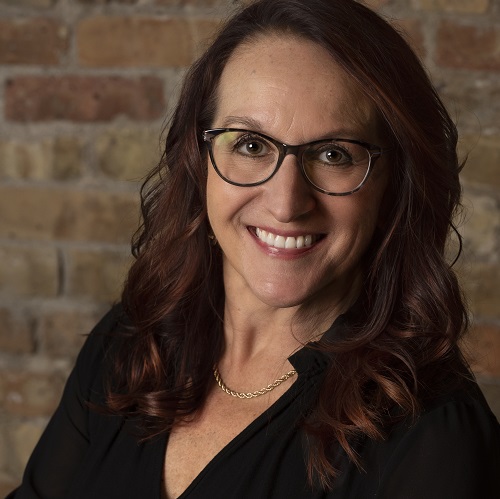Commentary on John 9:1-41
Preaching on John 9:1-41 reminds me of the children’s book A Fish Out of Water,
not because of the moral lesson of closely listening to the instructions of persons who know much more than you do, but because Otto, the fish, was indeed a fish out of water. Because Otto is fed too much (the feeding instructions were not followed–“When you feed a fish, never feed him a lot. So much and no more! Never more than a spot, or something may happen! You never know what.”) he grows and grows and outgrows every bowl, pot, and container to which he is moved. He even becomes too big for the public swimming pool!
John 9:1-41 has taken on such a life of its own that putting it back into its narrative context is much like squeezing giant Otto back into his original fish bowl. Commentaries have neatly divided the chapter into an isolated drama of seven scenes narrating the aftermath of Jesus’ healing of the man born blind, who never asked to be healed in the first place. Interpreters have been content to let the meaning of the story reside in the miracle itself, when actually, Jesus himself comments on the healing in 10:1-21. Jesus does not stop talking in 9:41–he keeps on going and Jesus’ words in 10:1-21 function as the discourse that interprets the meaning of the healing of the blind man which is a recurring structural pattern in the Gospel of John. Jesus performs a sign (shmei/a in the Fourth Gospel) which is followed by dialogue and then commentary from Jesus that provides the theological framework through which to interpret the meaning of the sign. When the discourse on the healing of the blind man is ignored in the interpretation of John 9, the events in chapter 9 are not allowed their full meaning and impact.
Unfortunately, the lectionary significantly complicates the issue. 9:1-41 is the lectionary text for Lent 4 in Year A, but we must wait until Easter 4 in Year A to hear the first part of the discourse (10:1-10) and then Easter 4 in Year B to hear the rest of the discourse (11-18). Moreover, we do not read 10:19-21 where the division among the Jews over whether or not Jesus has a demon and if a demon can open the eyes of the blind directly connects Jesus’ words in chapter 10 to the healing of the blind man in chapter 9.
Interpreting 9:1-10:21 as a unit yields a number of insights for preaching on the healing of the man blind from birth. While a first interpretation of this narrative may focus on the importance of seeing, or “spiritual sight,” when it comes to the recognition of Jesus, when the story of the blind man is heard along with its discourse, we also note the importance of hearing. In fact, the blind man first responds to Jesus’ voice. Jesus tells him, “Go, wash in the pool of Siloam,” which the blind man does. He hears Jesus before he sees Jesus. The story also narrates his gradual sight, from seeing Jesus as “the man called Jesus” (9:11) to addressing him as “Lord” and worshipping him (9:38). In fact, in 9:37 Jesus himself reveals the importance of both sight and hearing when it comes to belief, “You have seen him, and the one speaking with you is that one.”
Yet, the importance of hearing and seeing comes into full relief when we ourselves hear Jesus’ words in 10:1-21 along with the healing of the blind man. It is in the discourse that Jesus interprets the meaning of seeing and hearing and believing. There, Jesus reiterates that those who know him, his sheep, hear his voice and follow him, and “knowing” in the Gospel of John articulates relationship. In the figurative language of the sheep and the shepherd, Jesus recasts the importance of seeing and hearing by creating new images for what has already occurred in chapter 9 between the blind man and Jesus. The blind man is more than one whom Jesus heals; he is one of Jesus’ sheep and a member of the fold. Like the sheep, the blind man hears Jesus’ voice. Like the shepherd, Jesus finds the blind man when he has been cast out (9:35). Jesus provides for the man born blind much more than sight–he provides for him what he, as the good shepherd, gives all of his sheep–the protection of his fold (10:16), the blessing of needed pasture (10:9), and the gift of abundant life (10:10). As a result, hearing and seeing are much more than ways by which one recognizes or believes in Jesus. They are, in fact, expressions of relationship with Jesus and relationship with Jesus means also relationship with the Father (10:14-15). Sight and hearing are critical for both the story and the discourse to recognize Jesus and God at work in the healing of the blind man. Without both chapters together, one sense is afforded greater significance over the other and the blind man’s “sight” is then reduced to mere example or miracle. In fact, he embodies that of which Jesus speaks in 10:1-18.

March 2, 2008